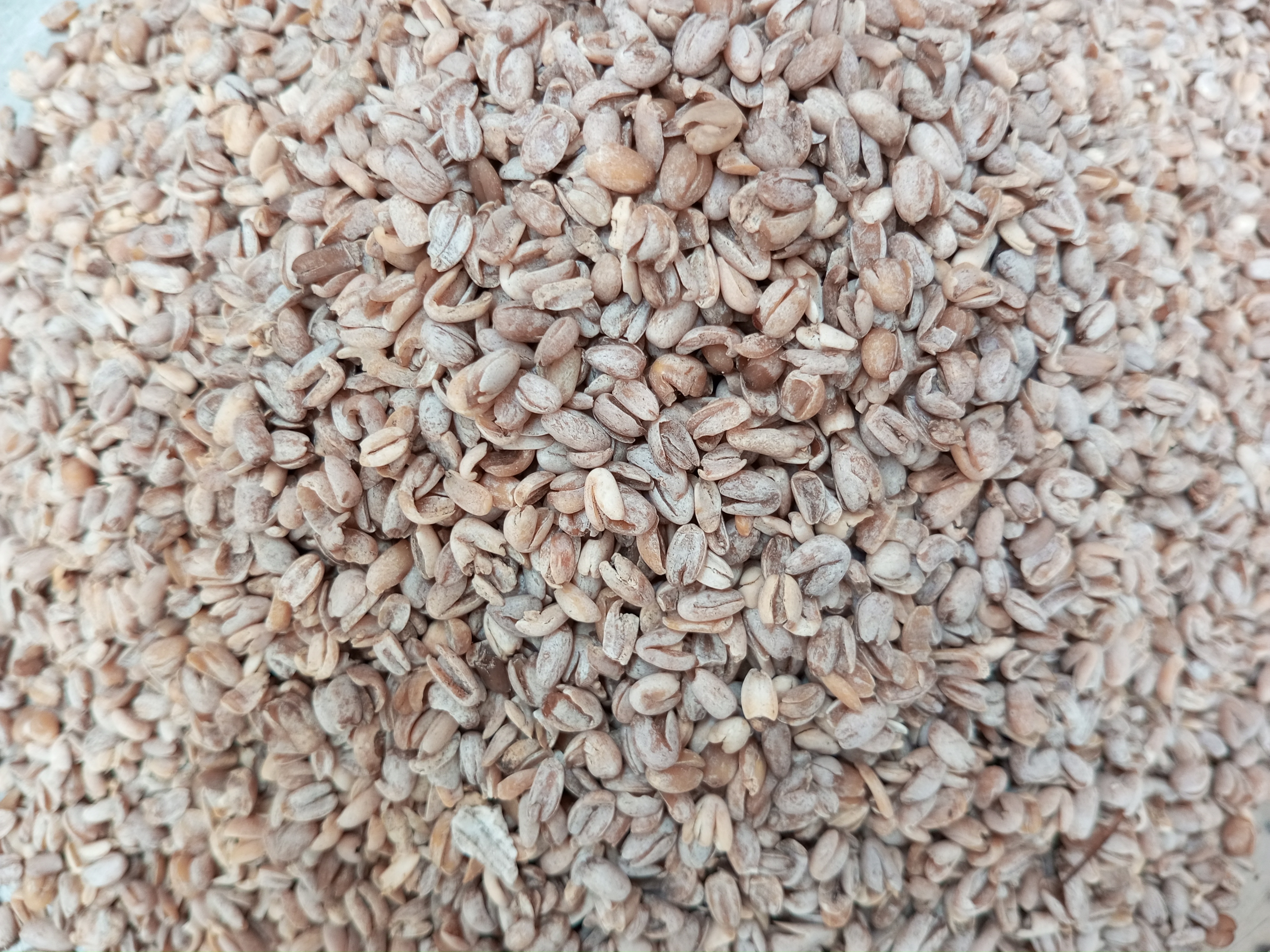By Chioma Obinagwam
Nutrients are substances used by an organism to survive, grow, and reproduce.
We have two major classes of nutrients- macro and micro nutrients.
Macronutrients are nutrients the body needs in large amounts.
These are carbohydrates, proteins, fats, vitamins, minerals, fibre and water. It is important that everyone consumes these seven nutrients on a daily basis to help them build their bodies and maintain their health.
On the other hand, micronutrients are nutrients such as vitamins and minerals required by organisms in varying quantities throughout life to maintain health.
They are usually required by the body in small amounts.
To get the required nutrient, one needs to eat food rich in micro and macro nutrients.
Research has shown that Breadfruit, also known as Artocarpus altilis is superfood that gives you a good amount of both nutrients.
What is a superfood
According to an article by Havard School of public health, there’s no scientifically based or regulated definition for superfood, but generally, a food is promoted to superfood status when it offers high levels of desirable nutrients, is linked to the prevention of a disease, or is believed to offer several simultaneous health benefits beyond its nutritional value.
Is Breadfruit originally from Nigeria
Mostly savoured among the igbos in Nigeria, Ukwa, as it is called in Igbo, did not originate from Africa.
Confiance News gathered that it was first cultivated in the South Pacific, in the region spanning modern-day Malaysia, Indonesia in 3000 BC.
It, however, came to Africa via activities of voyagers in the 18th and 19th centuries.
What researchers say about benefits of Breadfruit
According to a recent research conducted by some researchers from University of British Columbia (UBC), breadfruit was found to be highly nutritious, high-yield crop and environmentally friendly.
One of the researchers, Ying Liu, stated that breadfruit protein was found to be easier to digest than wheat protein in the enzyme digestion model. And mice fed the breadfruit diet had a significantly higher growth rate and body weight than standard diet-fed mice.
Liu also noted mice on the breadfruit diet had a significantly higher daily water consumption compared to mice on the wheat diet. And at the end of the three-week-trial, the body composition was similar between the breadfruit and wheat diet-fed mice.
“As the first complete, fully-designed breadfruit diet study, our data showed that a breadfruit diet does not impose any toxic impact,” says Liu. “Fundamental understanding of the health impact of breadfruit digestion and diets is necessary and imperative to the establishment of breadfruit as a staple or as a functional food in the future.”
The use of breadfruit is nutritious and sustainable and could make inroads in food sustainability for many populations globally, she adds. For example, the average daily consumption of grain in the United States is 189 grams (6.67 ounces) per day. Liu suggests if a person ate the same amount of cooked breadfruit they can meet up to nearly 57 percent of their daily fiber requirement, more than 34 percent of their protein requirement, and. at the same time, consume vitamin C, potassium, iron, calcium, and phosphorus.
“Overall, these studies support the use of breadfruit as part of a healthy, nutritionally balanced diet,” says Liu. “Flour produced from breadfruit is a gluten-free, low glycemic index, nutrient-dense, and complete protein option for modern foods.”
For Mrs Okpara, an Ukwa seller who inherited the trade from her mother, it is highly nutritious because she has seen people who are diabetic, anaemic etc whose health have improved dramatically by merely feeding on the Ukwa diet.






